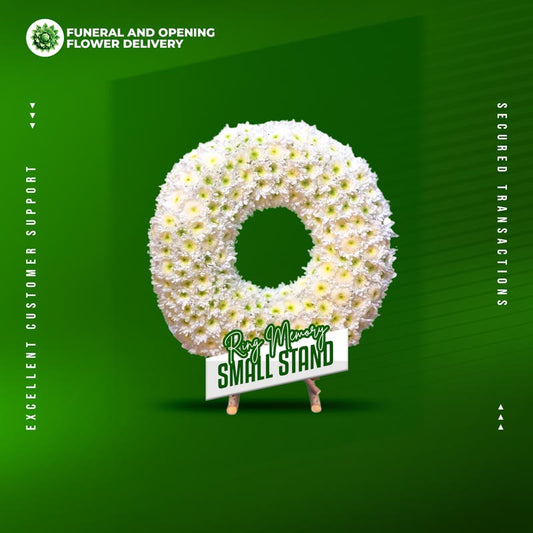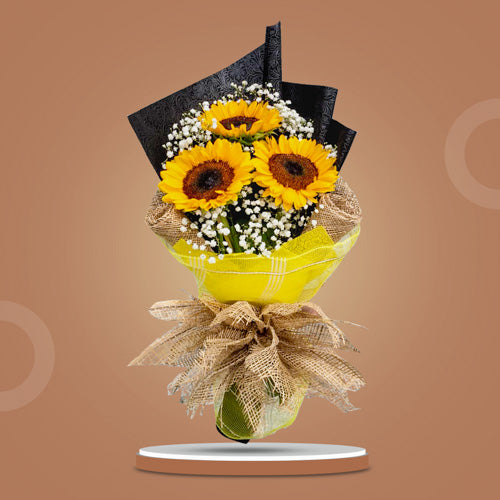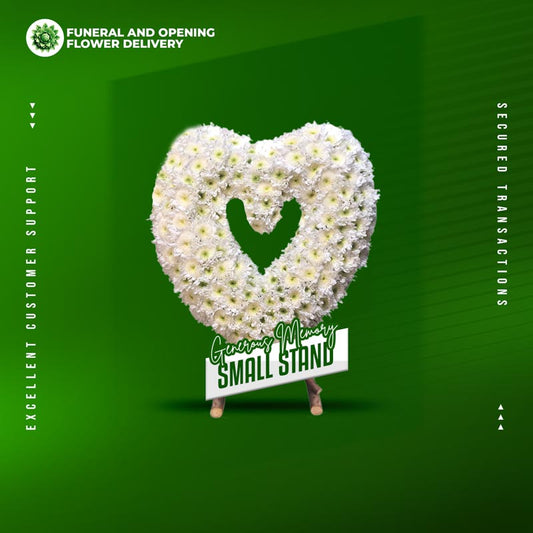A Brief History of Baby's Breath: Delicate White Flowers That Effortlessly Captivate Attention
Discover the allure and significance of these exquisite white blooms, which carry a profound historical legacy and embody eternal love. Interested in cultivating your own? Take a moment to explore the essential factors to consider. Planning to attend a wedding this year? Prepare to be captivated by the enchanting presence of baby's breath, gracefully adorning bouquets, boutonnieres, and table centerpieces. As one of the most sought-after flowers among florists, these delicate white blossoms create a remarkable impact within any floral arrangement. Acting as a harmonious companion to more vibrant and prominent flowers such as roses, baby's breath adds a touch of understated elegance. Wondering how they gained such popularity?
The History of Baby’s Breath
Known scientifically as the gypsophila, the baby's breath flower is a flowering plant that is part of the carnation family, caryophyllaceae. It is native to parts of Australia, Eurasia, the Pacific Islands, and regions of Africa. The genus consists of nearly 150 species, with most being perennial plants, although some annuals also exist. Baby's breath thrives in thick, loamy soil referred to as gypsum.
Color and Symbolism
The gypsophila flower earned its name due to its affinity for growing in gypsum soil. Often used as an ornamental flower, baby's breath has gained popularity in wedding bouquets and centerpieces, becoming a symbolic representation of love and affection. Its pristine white petals are associated with the purity of marriage and the innocence of children, making it a common gift for expecting mothers. Beyond romantic love, baby's breath is also linked to devotion in various relationships, including family, friendships, and romantic partnerships. In Christian symbolism, this delicate flower is believed to embody the strength of the Holy Spirit.
Baby's breath flowers offer a diverse range of colors, each carrying profound symbolism. The white variation is closely associated with unity and spirituality, evoking a sense of harmony. Blue baby's breath signifies honesty and respect, reflecting its genuine and honorable nature. Orange baby's breath is a representation of positivity and joy, spreading vibrant and uplifting emotions. Red baby's breath symbolizes passionate romance and deep love, expressing intense emotions. The pink variety embodies a gentle and delicate spirit, while purple baby's breath is connected to notions of nobility and beauty, evoking a sense of regal elegance.
Fun Facts about Carnation
Baby's breath flowers have fascinating and practical applications in various industries. One notable use is their ability to thrive in boron-rich soil, where they help absorb and mitigate the potentially harmful effects of excessive boron levels. This quality makes them valuable for soil remediation purposes. Another interesting aspect of baby's breath is its high saponin content, which lends itself to a range of applications. For instance, it is utilized in the production of photographic film and serves as a reagent in hemolytic laboratories. Moreover, the plant's detergent properties make it a sought-after ingredient in many soaps and shampoos. As a result, individuals often cultivate baby's breath for commercial purposes, supplying florists and other companies in need of its extracts.
Medicinal Facts
The baby's breath flower has gained significant recognition for its potential in fighting against cancer. This is attributed to the presence of saponins, chemicals found within the flower that possess the ability to break down cancer cells. These saponins have the remarkable capacity to enhance the effectiveness of anti-cancer drugs, increasing their potency by up to a million-fold. Additionally, preliminary research suggests that baby's breath may have potential applications as a spermicide. However, it is important to note that while the saponins offer medicinal benefits, they can also trigger allergic reactions in some individuals. Therefore, it is advisable to take precautions such as wearing gloves or a mask if you believe you might be susceptible to such reactions.
Use in Cuisine
Certain species of baby's breath are indeed edible, and various parts of the flower, including the roots, are utilized in numerous culinary traditions. Extracts derived from the baby's breath flower can be found in an array of products, ranging from herbal cheese and ice cream to liqueurs. One notable use is in the creation of sweet halva, a beloved dessert enjoyed in the Middle East and parts of Asia. The baby's breath flower adds a unique and distinctive flavor to these culinary creations, showcasing its versatility beyond its ornamental appeal.



